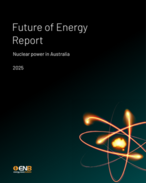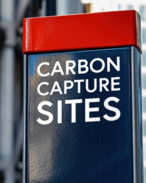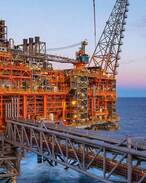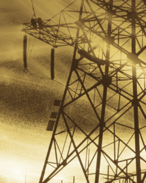But before playing the blame game, let’s first consider why someone chose the very unfortunate name of Gorgon for a series of giant gas fields that lie off Australia’s northwest coast and which are 50% controlled by Chevron, with ExxonMobil and Shell each holding 25% stakes.
The problem with the name, as even the poorest student of Greek mythology knows, is that there were three Gorgon sisters, Medusa, Stheno and Euryale, each one as ugly as the other, with serpents for hair, big claws, bigger teeth, and a look that could turn you to stone.
The Gorgon sisters not only deserved to die, they were doomed from Day 1.
Woodside Petroleum was first to play the Gorgon game, naming one of its discoveries Perseus, after the son of head god, Zeus.
Perseus was the chap who eventually sliced off the head of Medusa.
So in a way, Woodside struck first with staff giggling about how their Perseus knocked off Chevron’s Gorgon.
It wasn’t as easy as that. The modern Gorgon, located on the ocean side of Barrow Island, did its best to commit “Suicide by D”, four of them.
Deep, distant, difficult and dirty – with dirty being the description assigned to the high level of carbon dioxide, an inert gas which might not have been much of a problem in the 1970s when the fields were discovered, but which has become an absolute no-no in a world petrified of greenhouse gases and climate change.
So, was it the sheer ugliness of the gas fields, Woodside or the CO2 that killed Gorgon?
Or was it a clan of flatback turtles that use the back beaches of Barrow for a bit of midnight humping, turtle-style?
The Slug, to help his readers solve the riddle of Gorgon, has a much simpler explanation.
The management crew at Chevron took too damn long to win a green light for Gorgon.
They fiddled around with 57 development options, couldn’t decide how to handle the CO2, couldn’t make up their mind whether to deliver the gas to the mainland or use Barrow, and eventually made two bad choices – landfall would be the turtles’ love nest, and the CO2 would be pumped under Barrow Island, giving Australia its first geosequestration project.
Both issues, turtle nooky and CO2, could have been handled, in time.
But that was the great mistake.
Time was not on Gorgon’s side.
By the time the bloated bureaucracy in Chevron’s Perth office decided to act, hyper-inflation had hit the WA resources sector.
Steel prices ballooned, skilled staff disappeared to iron ore, alumina, nickel and gold projects, and a simple gas field development with attached LNG project found its costs soaring from an already impressive $11 billion to somewhere closer to $15 billion.
The window of opportunity for Gorgon was not just closing fast, the minority partners seem to have slammed it shut.
As far as The Slug can see, Shell muttered darkly about not being impressed with the big cost blow-out, final details of which remain a closely-guarded Chevron secret.
ExxonMobil was more forthcoming, with its Australian chairman Mark Nolan telling a series of meetings that Australia was a small part of the global oil and gas industry and rivals were moving in on Asian LNG markets.
A slide rule, protractor and a bucket of sheep’s entrails are needed to decode the meaning in Nolan’s message, but it goes like this – “Australia, you’re too slow, too complex, with too much government, and it’s easier to do business elsewhere.”
Does that make ExxonMobil the guilty party with Gorgon? Perhaps.
But there is a real case to be mounted against Chevron itself, which has been remarkably naive in reading the local political, media and environmental scene, which is a surprise, given the money spent on planning, design and media manipulation.
If The Slug had to choose, he’d go for a combination of the CO2, and time wasted by Chevron management – with ExxonMobil delivering the final blow by reacting badly to the cost blow-outs.
Whatever the cause, there seems little doubt that Gorgon is in deep, deep trouble, living out its Greek roots as an ugly project, doomed to die.
Note: The views of Slugcatcher are not those of APPEA.






















